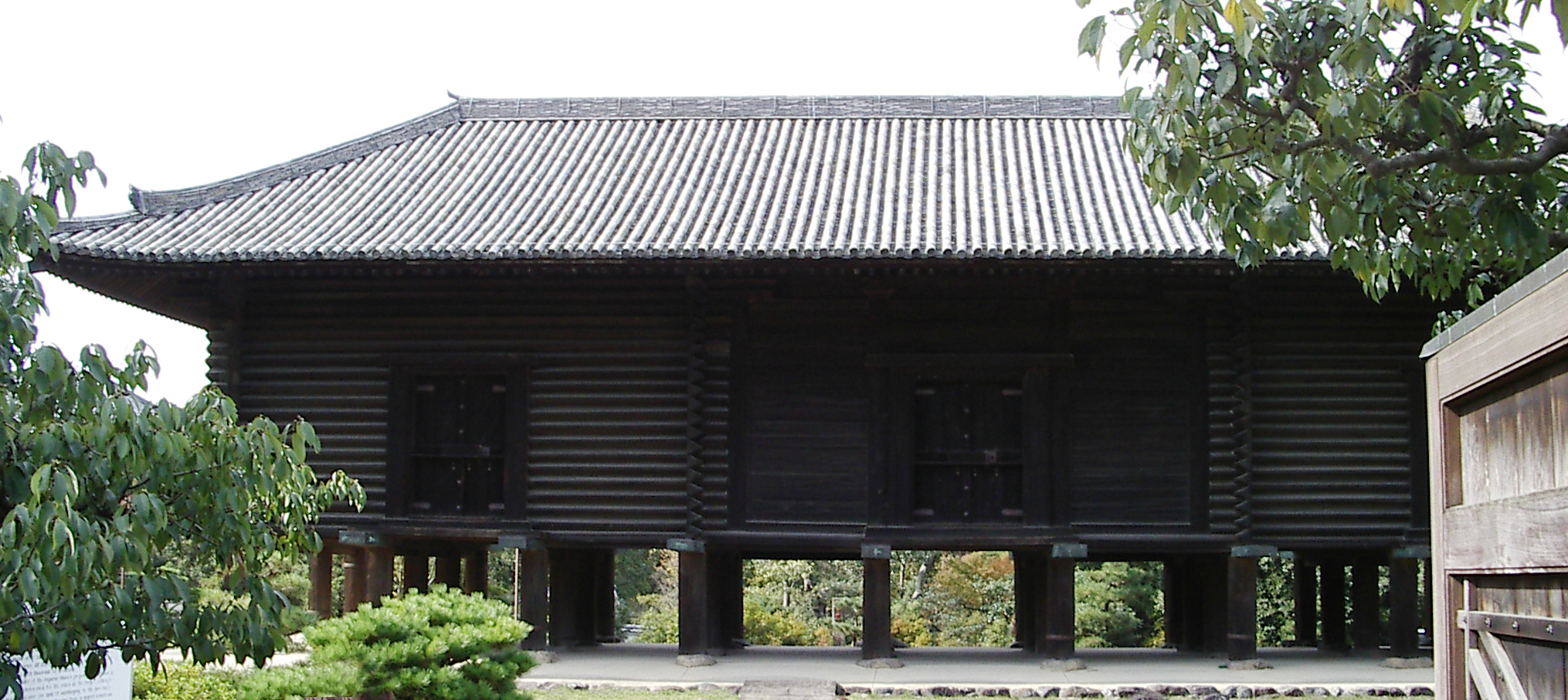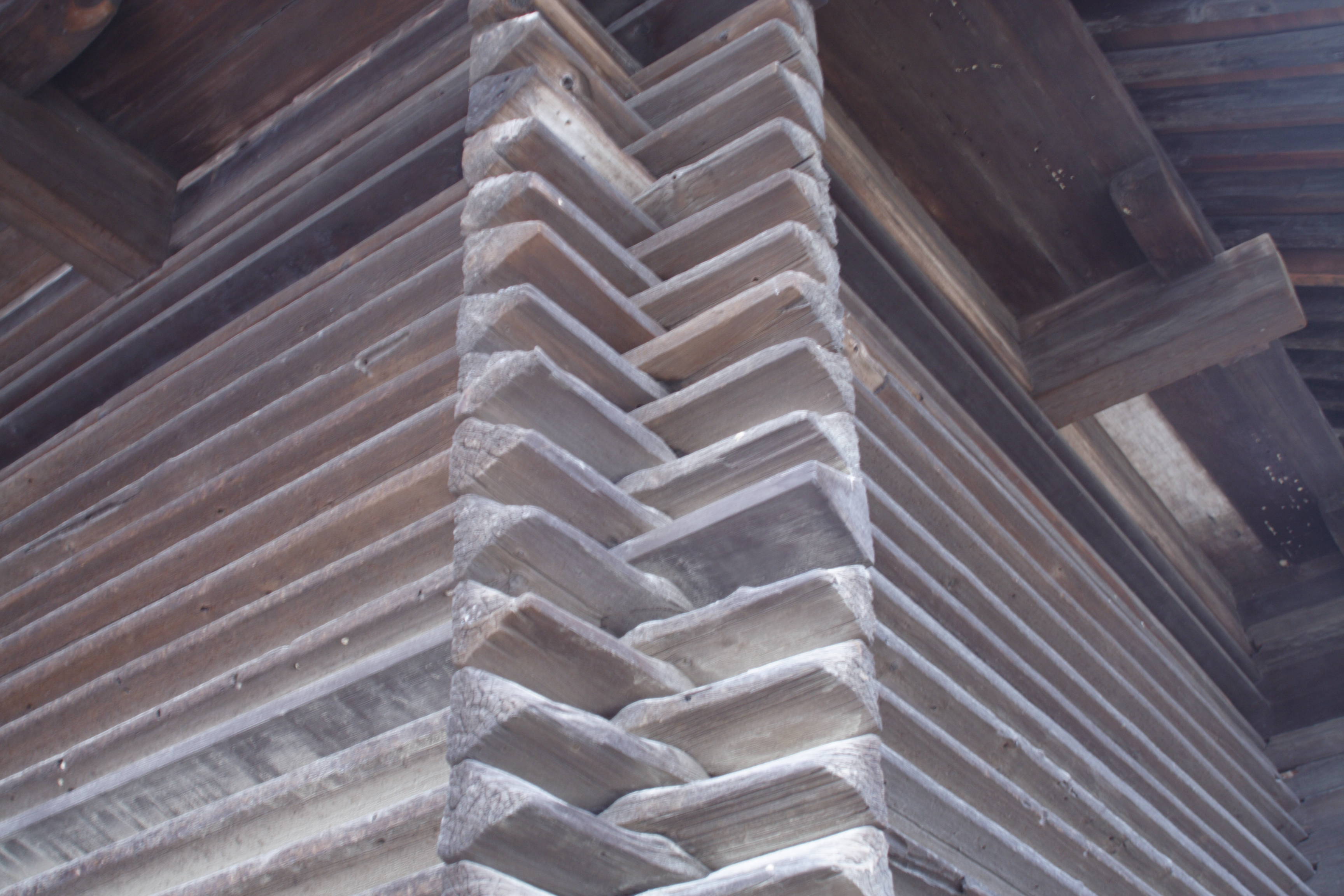Azekura on:
[Wikipedia]
[Google]
[Amazon]

 or ''azekura'' is a Japanese
or ''azekura'' is a Japanese

architectural style
An architectural style is a classification of buildings (and nonbuilding structures) based on a set of characteristics and features, including overall appearance, arrangement of the components, method of construction, building materials used, for ...
of simple wooden construction, used for storehouses (''kura
Kura may refer to:
Places
* Kura, Iran (disambiguation)
* Kura Island, Azerbaijan
* Kura, Nigeria, a Local Government Area of Kano State
* Kura (South Caucasus river), a river in Turkey, Georgia, and Azerbaijan
* Kura (Russia), a river in Ru ...
''), granaries, and other utilitarian structures. This style probably dates to the early centuries of the Common Era
Common Era (CE) and Before the Common Era (BCE) are year notations for the Gregorian calendar (and its predecessor, the Julian calendar), the world's most widely used calendar era. Common Era and Before the Common Era are alternatives to the ...
, such as during the Yayoi
The Yayoi period (弥生時代, ''Yayoi jidai'') (c. 300 BC – 300 AD) is one of the major historical periods of the Japanese archipelago. It is generally defined as the era between the beginning of food production in Japan and the emergence o ...
or Kofun period
The is an era in the history of Japan from about 300 to 538 AD (the date of the introduction of Buddhism), following the Yayoi period. The Kofun and the subsequent Asuka periods are sometimes collectively called the Yamato period. This period is ...
s. It is characterized by joined-log structures of triangular cross-section, and commonly built of cypress timbers.
See also
*Log building
Log buildings and structures can be categorized as historic and modern. They are placed in opposition to wooden structures built using frameworks, according to Eugene Viollet-le-Duc. A diverse selection of their forms and styles with examples of ...
* Shōsōin
The is the wikt:treasure house, treasure house of Tōdai-ji Temple in Nara, Nara, Nara, Japan. The building is in the ''azekura'' (log-cabin) style with a raised floor. It lies to the northwest of the Great Buddha Hall. The Shōsō-in houses arti ...
* Japanese carpentry
Carpentry was first developed more than a millennium ago in Japan. It has been involved in the construction of a wide variety of structures, such as temples, dwellings, and tea houses, as well as furniture, with the use of few nails.Hideo Sato, ...
References
Japanese architectural history Log buildings and structures Wooden buildings and structures in Japan Azekura-zukuri {{arch-style-stub